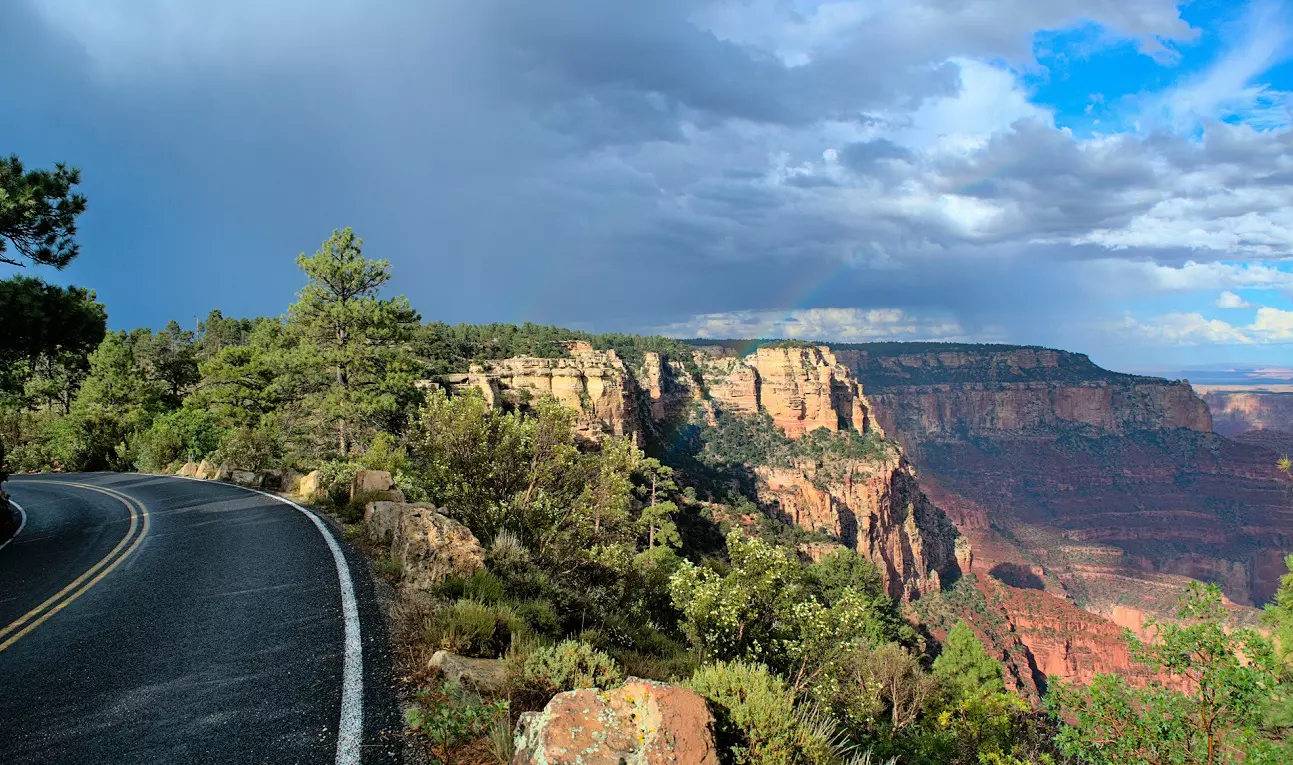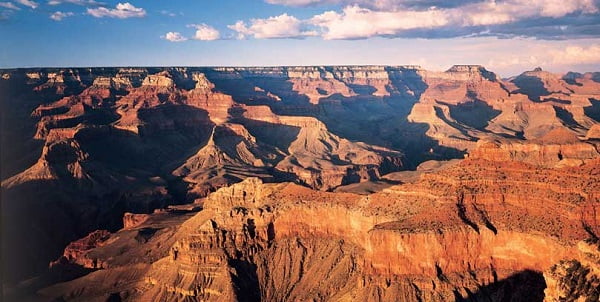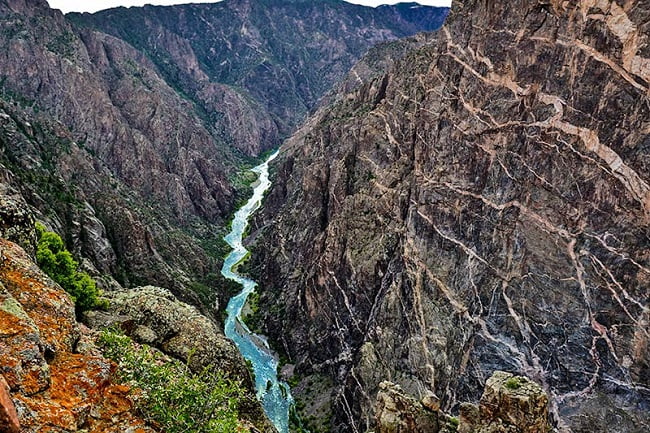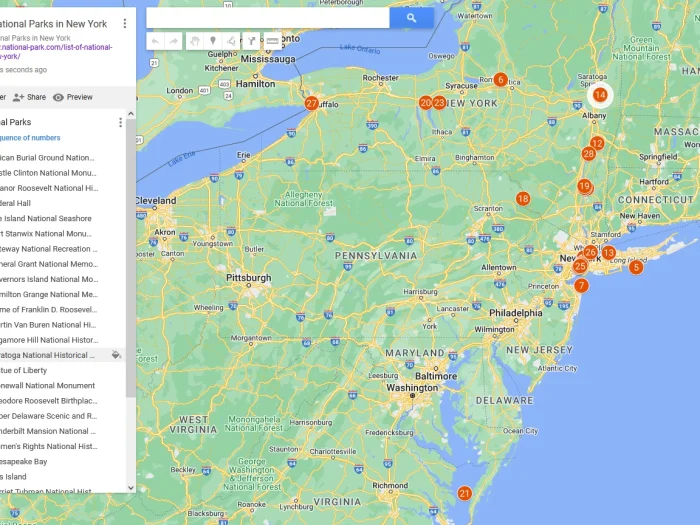Best Drives Near Grand Canyon Views
The Grand Canyon’s majestic landscapes offer some of the most spectacular driving routes in North America. With NPS data revealing 4.9 million recreational visitors in 2024, these carefully planned scenic drives provide essential access to the canyon’s most breathtaking viewpoints. Whether you’re planning a day trip or an extended adventure, understanding the best driving routes can transform your Grand Canyon experience from memorable to extraordinary.
Desert View Drive: The Classic Eastern Panorama
The most renowned driving route along the South Rim, Desert View Drive, stretches 25 miles from Grand Canyon Village to the Desert View Watchtower. For sports car enthusiasts tackling this scenic route, many find that Corvette wheels designed for precision offer the perfect blend of performance and handling needed for these winding roads. Getting quality parts from a trusted online Corvette retailer ensures your vehicle is well-equipped for the journey.
This iconic route offers numerous pullouts and viewpoints, each providing a distinct perspective of the canyon’s colorful layers and vast expanse, while the carefully engineered scenic byway allows drivers to navigate the rim safely while taking in breathtaking views. The drive typically takes about an hour without stops, but travelers should plan for at least half a day to fully appreciate the viewpoints and attractions along the way.
Highlights include Grandview Point, which offers one of the widest panoramas of the canyon, and Moran Point, where the morning light illuminates the geological layers in stunning detail. The journey culminates at the historic Desert View Watchtower, an architectural marvel designed by Mary Colter that provides sweeping 360-degree views of the canyon, the Painted Desert, and the San Francisco Peaks.
Hermit Road: The Sunset Seeker’s Paradise
Open to private vehicles during winter months and serviced by free shuttle buses during peak season, Hermit Road presents seven miles of breathtaking viewpoints along the western portion of the South Rim. This route is particularly popular during sunset hours when the canyon walls glow in brilliant oranges and reds. The road’s design follows the natural contours of the rim, creating an intimate connection with the landscape.
Popular stops include Hopi Point, widely regarded as the premier sunset viewing location, and Pima Point, where visitors can hear the rushing waters of the Colorado River far below. The road ends at Hermits Rest, another Mary Colter design that provides a rustic refuge and the perfect spot for reflection.
A scenic view of the Grand Canyon with a rainbow in the sky. Photo by Emanuela Meli
East Rim Drive: The Less Traveled Path
For those seeking a more secluded experience, the East Rim Drive through the Navajo Nation offers stunning views without the crowds typically found at the South Rim. With visits still ~20% below 2019 levels (5.97 million) due to reduced international tourism, now is an ideal time to explore these less-traveled routes. This scenic drive requires a tribal permit and takes travelers through dramatic desert landscapes punctuated by trading posts and cultural sites, providing unique perspectives of the Little Colorado River Gorge and its distinctive blue waters.
Notable stops include Cameron Trading Post, a historic waypoint offering authentic Native American crafts, and the Little Colorado River Overlook, where the canyon’s geology takes on a different character from the main gorge. This route offers photographers exceptional opportunities to capture the canyon’s eastern reaches in pristine morning light.
North Rim Scenic Drive: The Forest Explorer
Open seasonally from mid-May to mid-October, the North Rim Scenic Drive presents a completely different Grand Canyon experience. Winding through ponderosa pine forests at elevations over 8,000 feet, this route offers cooler temperatures and more isolated viewpoints. The drive from the entrance station to Cape Royal covers 23 miles of forest-lined roads, opening occasionally to dramatic canyon vistas. For more adventurous visitors, the Grand Canyon rim-to-rim experience—crossing from the North Rim to the South Rim—offers an immersive journey through the park’s diverse landscapes. While not a drive, it complements the scenic routes beautifully for those seeking both physical challenge and natural wonder.
Point Imperial, the highest viewpoint on either rim at 8,803 feet, provides unparalleled views of the Painted Desert and the eastern Grand Canyon. The Cape Royal Road branches off to several viewpoints, including Angels Window, where a natural rock arch frames the Colorado River below. This drive is particularly stunning during autumn when aspen groves add splashes of gold to the landscape.
Planning Your Scenic Drive
Success in exploring these routes depends largely on timing and preparation. As with many must-see national parks, preparation is key to making the most of your Grand Canyon visit—especially when navigating its diverse and sometimes remote driving routes. Summer months bring larger crowds, particularly to South Rim locations, making early morning or late afternoon drives more enjoyable. Winter offers more solitude but requires attention to weather conditions, as snow and ice can affect road accessibility.
Essential items for any Grand Canyon drive include plenty of water, snacks, a full tank of gas, and a camera to capture the ever-changing views. GPS devices can be unreliable in some areas, so carrying physical maps is recommended. Many viewpoints have limited cell service, adding to the sense of adventure but requiring additional preparation.
Responsible Tourism
As more visitors discover these scenic drives, maintaining the natural beauty becomes increasingly important. Following designated parking areas, staying on marked trails at viewpoints, and properly disposing of waste helps preserve these routes for future generations. Many overlooks have interpretive signs explaining the geological and cultural significance of the area, offering opportunities to deepen understanding while enjoying the views.
The Grand Canyon’s network of scenic drives offers more than just transportation—it provides a gateway to understanding this natural wonder from multiple perspectives. Whether seeking sunrise solitude, sunset spectacles, or midday panoramas, these carefully planned routes reveal the canyon’s many moods and faces. Each journey along these roads promises new discoveries and unforgettable views of one of Earth’s most remarkable landscapes.





